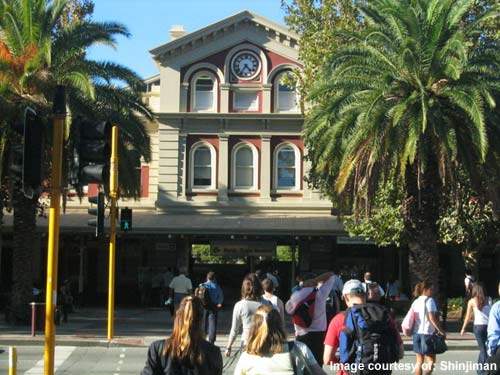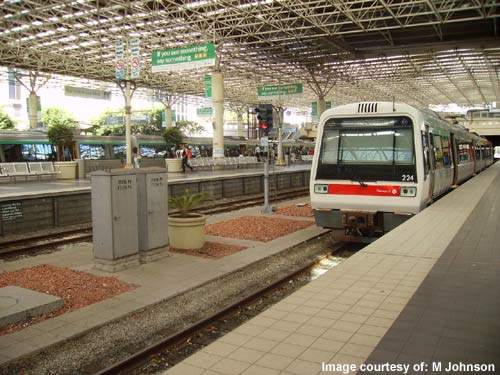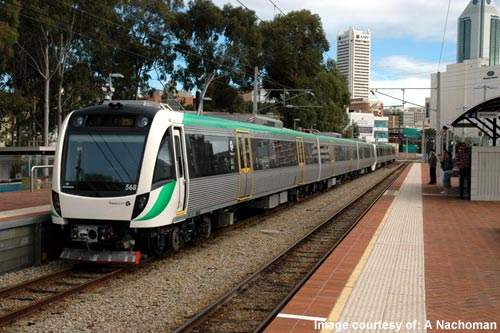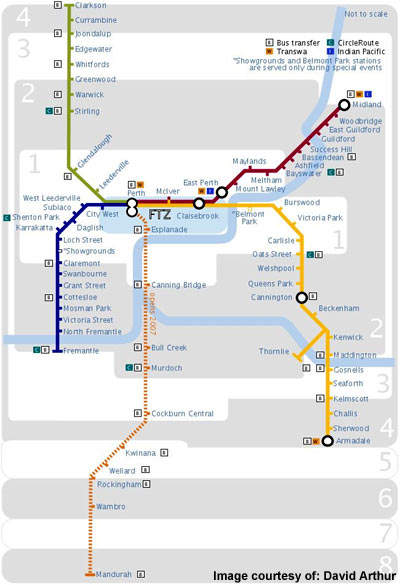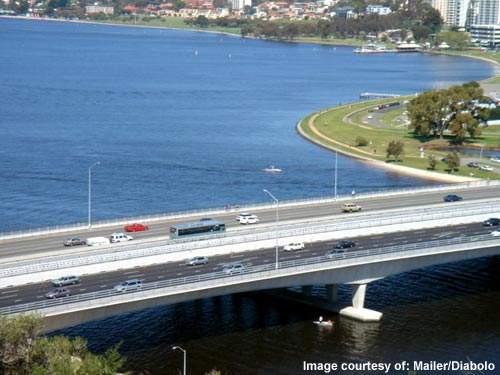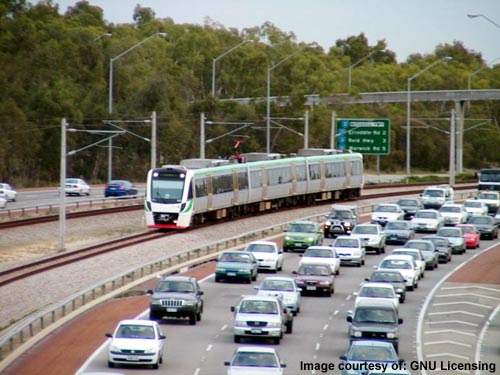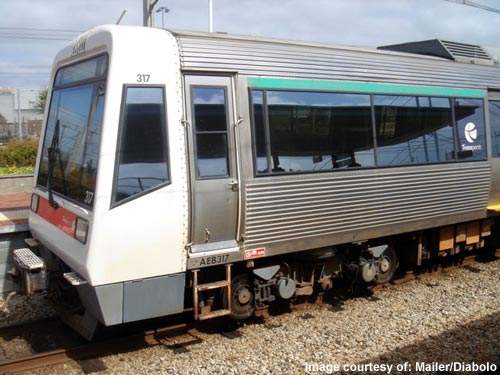The Perth to Mandurah railway, described as one of the most forward-thinking pieces of infrastructure development in the area for years, is expected to begin passenger services before Christmas 2007, five months behind its originally scheduled opening. Running through Perth’s southern suburbs, it is the biggest element of the New MetroRail project which aims to double Transperth’s rail network.
Implemented to strengthen and extend Perth’s metropolitan rail system and encourage car users onto an integrated public transport network, the new railway will reduce journey times significantly for commuters travelling from Jandakot and beyond.
However, after a number of delays and with a final cost of AU$1.66bn, the project has suffered seven individual cost blow-outs, amounting to a 17% hike on the initial budget first set back in 2002.
THE PROJECT
The original decision to go ahead with the construction of the new line was reached in December 1999, but work was not to begin until nearly three years later. The initial route which had been proposed was to branch from the existing Armadale line at Kenwick and would then have followed the freight lines as far as Jandakot before running along the middle of the Kwinana Freeway.
However, after a change in Western Australia’s government, in August 2002 the Perth Urban Railway Development Supplementary Master Plan was released which set out a more direct course for the new railway and would allow through services with the Joondalup line.
This revised route was to begin at Perth, run down the centre of the Kwinana Freeway then veer south west through Kwinana itself and City of Rockingham on its way to Mandurah, some 72km south of Perth itself. Though far more direct, it was to prove more costly. Construction began in February 2004, with the work split into a series of eight ‘packages’.
INFRASTRUCTURE
Providing the link between Perth and Mandurah has been a major undertaking. The 15km section of the scheme running along the Kwinana Freeway from the Narrows Bridge to Glen Iris formed one of the largest design and construction undertakings of the overall project, involving major rail, bridge and associated road works.
In addition to the railway formation, it called for the strengthening and widening of the Narrows and Mount Henry bridges, the construction of a new southbound railway bridge, the removal and replacement of a dedicated bus bridge and a series of carriageway realignments. Dedicated bus lanes also needed to be built through areas of heavy congestion between the Narrows and Canning Highway along with barriers and retaining walls, together with the provision of adequate drainage for both freeway and railway.
The project also required the construction of ten suburban stations – Esplanade, Canning Bridge, Bull Creek, Murdoch, Cockburn Central, Kwinana, Wellard, Rockingham, Warnbro and Mandurah – the last one being handed over to the public transport authority in July 2007.
In addition to the station itself, Mandurah also gained a railcar storage and cleaning depot, while a total of 15 road, rail and pedestrian bridges and underpasses were also built between the city and Glen Iris.
Electrical substations have been constructed at Jandakot and Karnup to convert the 132kV supply to the 25kV needed for the trains. Electrification of the line began in March 2006 and involved providing over 140km of high voltage cable along the length of the route, installing signals and ultimately powering the substations.
The project also required new tunnels to be bored using a Mitsubishi boring machine – the first being completed in June 2006 with the second in October of the same year. Rail grinding took six weeks to achieve along the 72km between the Narrows Bridge and Mandurah, with the grinder making six or eight passes over each section of track to ensure the necessary clean rail profile.
The nature of the tunnels called for a more sophisticated rail grinding machine than usual – a fully aspirated Speno machine with 16 grinding stones being used.
The new line is scheduled to be connected to the existing Joondalup line during the second week in October 2007, with services resuming after a partial network shutdown on Sunday 14th.
ROLLING STOCK
The Transperth network has been using electric multiple unit (EMU) railcars exclusively ever since it was electrified in the 1990s. The new EDi/Bombardier B-Series EMUs were bought as part of the New MetroRail project principally to service the existing Joondalup and the new Mandurah lines.
These new trains can be configured as units of three or six – each three-car set being semi-permanently coupled together and comprising two opposing driver carriages and a central passenger carriage.

